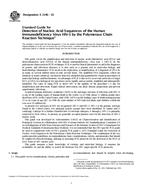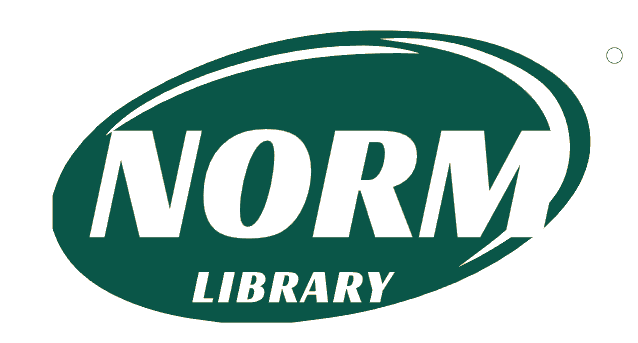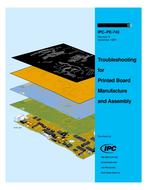
ASTM E2146
Original price was: $58.00.$35.00Current price is: $35.00.
Standard Guide for Detection of Nucleic Acid Sequences of the Human Immunodeficiency Virus HIV-1 by the Polymerase Chain Reaction Technique (Withdrawn 2010)
| Published by | Publication Date | Number of Pages |
| ASTM | 05/10/2001 | 5 |
ASTM E2146 – Standard Guide for Detection of Nucleic Acid Sequences of the Human Immunodeficiency Virus HIV-1 by the Polymerase Chain Reaction Technique (Withdrawn 2010)
1.1 This guide covers considerations, criteria, principles and recommendations that should be helpful when developing, utilizing, or assessing PCR protocols to amplify and detect DNA (by PCR) or RNA [by reverse transcriptase PCR (RT-PCR)] from HIV. This guide is not a specific protocol for the detection of HIV. It is intended to provide information that will assist the user in obtaining quality and reliable data. The guide is closely related to and should be used concurrently with the general PCR guideline E 1873.
1.2 This guide has been developed for use in any molecular biology or biotechnology laboratory. This includes but is not limited to clinical and diagnostic laboratories involved with HIV detection.
1.3 This guide does not cover details of the various methods such as gel electrophoresis, that can be utilized to identify PCR-amplified HIV nucleic acid sequences, nor does it cover details of instrument (thermocycler) calibration.
1.4 This guide does not cover specific variations of the basic PCR or RT-PCR technology (e.g., quantitative PCR, multiplex PCR and in situ PCR).
1.5 This guide does not address the additional considerations necessary for the performance and validation of a quantitative PCR test for HIV.
Note 1 – Warning: Laboratory work involving certain clinical specimens and microorganisms can be hazardous to personnel.
Note 2 – Precaution: Biosafety Level 2 facilities are recommended for potentially hazardous work (2), and many laboratories use Biosafety Level 3 facilities when working with HIV. Safety guidelines should be adhered to according to NCCLS M29-A and other recommendations (2).
Product Details
- Published:
- 05/10/2001
- Number of Pages:
- 5
- File Size:
- 1 file , 39 KB
- Note:
- This product is unavailable in Russia, Ukraine, Belarus


